Ford is deploying digital twins and data analytics to bring real-time visibility to production planning and supply chains, according to Balakrishnan Adhi, who leads MP&L plant operations across Asia, Africa and South America.
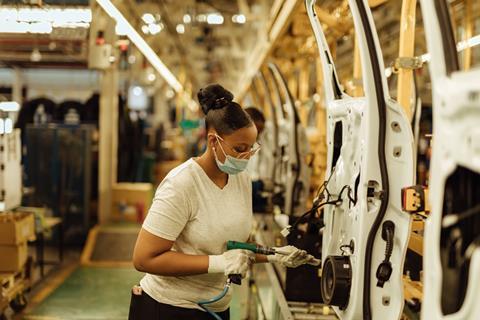
As digital technologies applied to car manufacturing balloon in scope, communicating about how they work and what benefits they offer gets more challenging, too.
With his birds-eye view of car-making in three continents, Ford’s Dr Balakrishan Adhi is adept at cutting through the jargon of digital ‘metaverses’ and ‘ecosystems’ in explaining the concept of a digitalised supply chain and factory.
“It’s a bit like when you use Uber. You book the vehicle and you know exactly where the vehicle is and how long it will take to pick you up. You can track all this on your smartphone,” says the vice-president for material planning and logistics plant operations and packaging engineering for Ford’s International Market Group, which includes vehicle and engine plants in Thailand, India, Vietnam, South Africa and Argentina.
The digital technologies Ford and other automakers are deploying apace will bring real-time visibility that enables them to plan production with unprecedented precision.
The upshot is reduced financial losses from unforeseen disruption, improved utilisation of production resources and fewer last-minute workarounds in response to unforeseen snags.
The chaos the auto industry has faced since the outset of the coronavirus pandemic, simultaneous to an unprecedented transition to battery-electric products, has helped the idea of connected factory technology to sell itself, as evidenced by the pace of its roll-out.
But Dr. Balakrishnan (who goes by Bala), says that its deployment needs to be carried out delicately and that it is not the out-of-the-box solution it may appear to be from afar.
“As a company, we identify the problem areas and which areas we can digitalise and start realising benefits in. From a slow start, we scale up,” says Bala, who will be speaking at the upcoming AMS Automotive Evolution Livestream on June 30 on connected manufacturing and predictive analytics.
“We need to first study a given area, the practises followed in that area and what data we use there, try to integrate the processes as much as possible then apply the digital solution.”

Bala talks of a “one screen” concept of digitalisation that provides visibility all the way up the supply chain as more participants connect to it and feed in their data.
This comes down to things as rudimentary as sensors on shipping containers which are often a blind spot on the journey from the supplier to the factory and a source of major operational risk.
“If you don’t have real time tracking you won’t have the components to build and that stops the line and locks up working capital,” Bala said.
“A supply chain officer should have understanding of the now and also the future. That is the driving factor that digitalisation is supporting.”
For managers, this simplifies the delicate balance of running a lean, just-in-time manufacturing operation with the conflicting objective of running a resilient one where stock levels run higher to buffer against unforeseen disruption.
Just like an Uber booking, Bala said the interfaces of a connected supply chain and factory can include smartphones for monitoring, as well as laptops and monitors on shopfloors.
The digital data network grows with every additional sensor or data input point added to this system, increasing the resolution of the real-time snapshots digitalisation creates.
While the financial investment in digitalisation is “huge”, the investment of time is equally significant to embed its use and extract the benefits, Bala said.
This means training and upskilling of workers who, empowered with unprecedented amounts of information, will use it to build more problem solving into their roles, he said.
“It has to be both – technology implementation and adaptability in the plant to maximise usage.”
Now watch on demand! Ford’s Dr Balakrishnan, along with Fraunhofer Institute for Manufacturing Engineering and Automation, delved into the benefits and significant challenges of deploying complex digital simulation and data technologies in manufacturing at the AMS Automotive Evolution Livestream on June 30. The full episode is now available to view on-demand





























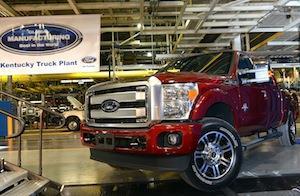
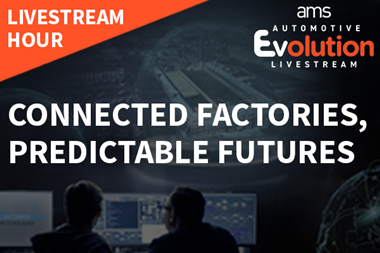

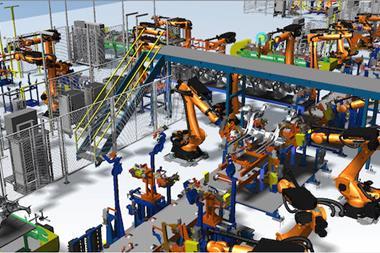
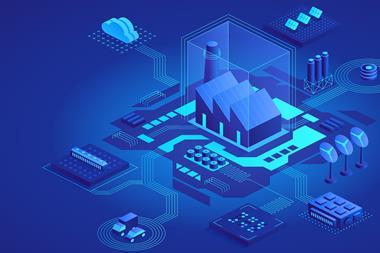




No comments yet